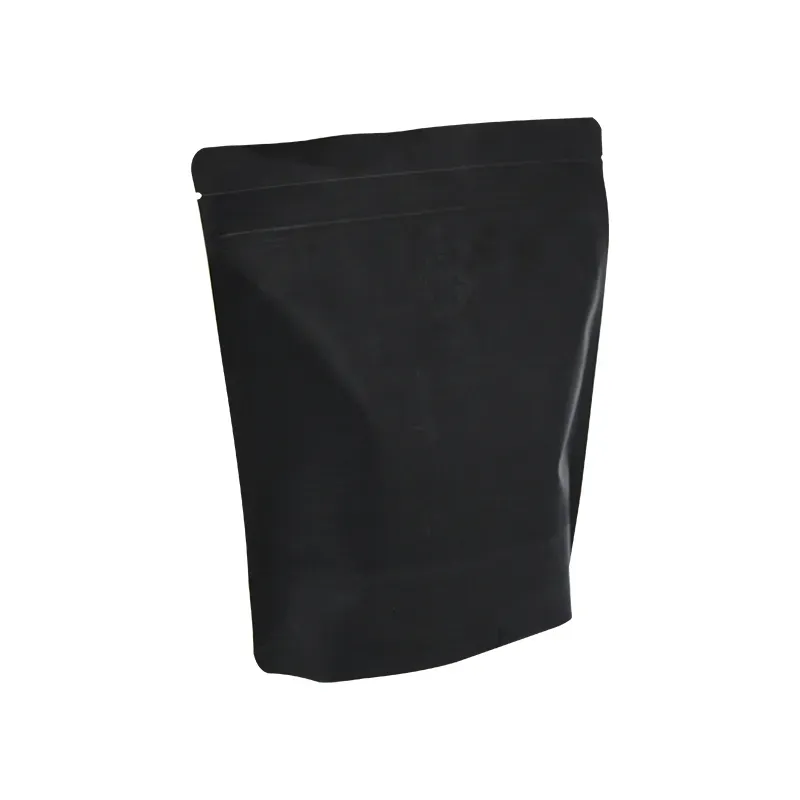Advancements in Rotogravure Printing Technology for Modern Manufacturing Processes
An Overview of Rotogravure Printing Machines
Rotogravure printing, a high-quality and efficient print technology, is extensively used in various industries, particularly in packaging, textiles, and decorative printing. The rotogravure printing machine is designed to produce vibrant and consistent images on a variety of substrates. This article delves into the mechanics, advantages, applications, and future prospects of rotogravure printing machines.
Mechanics of Rotogravure Printing Machines
Rotogravure printing operates on a cylindrical printing plate system, where the image is etched onto a cylinder. This etched image is filled with ink, and as the cylinder rotates, it transfers the ink onto the substrate. The process involves several stages, including substrate feeding, ink transfer, and drying. The primary components of a rotogravure printing machine include
1. Printing Cylinders These are metal cylinders made from materials such as steel or copper, coated with a chrome layer. The image is engraved onto the cylinder surface using lasers or chemical engraving techniques.
2. Ink Fountain The ink fountain holds the ink, which is automatically supplied to the printing cylinder. The amount of ink delivered can be finely controlled to ensure precision.
3. Doctor Blade This is a crucial component that removes excess ink from the cylinder, allowing only the ink in the etched areas to remain. This ensures sharp and clear images on the substrate.
4. Drying Units After the ink is applied to the substrate, drying units are essential for removing moisture, ensuring that the printed material is dry and ready for further processing.
Advantages of Rotogravure Printing
Rotogravure printing boasts several advantages that make it a preferred choice for many printing applications
- High Quality The printing method allows for exceptionally fine details and rich colors, making it ideal for high-resolution images and complex designs.
- Efficiency Once the cylinders are prepared, rotogravure printing can operate at high speeds, producing large volumes in a relatively short time
. This efficiency is particularly beneficial for high-demand markets like packaging.rotogravure printing machine

- Versatility Rotogravure printing is compatible with a wide range of substrates, including plastic, paper, foil, and even textiles. This adaptability makes it suitable for various industries.
- Cost-Effectiveness Although the initial cost of cylinder engraving may be higher than other printing methods, the cost per unit decreases significantly at high volumes, leading to long-term savings.
Applications of Rotogravure Printing
Rotogravure printing machines are widely used in various applications, including
- Packaging This is the most prominent application of rotogravure printing, used for food packaging, labels, and flexible packaging materials.
- Textiles In the textile industry, rotogravure printing is employed for printing patterns and designs on fabrics, offering vibrant colors and intricate patterns.
- Decorative Printing The technology is also utilized for decorative purposes, such as wallpapers and gift wraps, where high design quality is essential.
Future Prospects
The future of rotogravure printing machines is bright, with ongoing technological advancements driving efficiency and flexibility. Innovations in engraving techniques, ink formulations, and drying processes are enhancing the capabilities of these machines. Additionally, as industries increasingly prioritize sustainable practices, developments in eco-friendly inks and substrates are garnering interest.
Moreover, the rise of digital technologies is influencing rotogravure printing, leading to hybrid systems that combine the best of both worlds. This evolution can result in shorter print runs, quicker changeovers, and reduced waste, making rotogravure an even more attractive option for modern printing needs.
Conclusion
Rotogravure printing machines stand at the intersection of technology and creativity, offering unparalleled quality and efficiency for various industries. As advancements continue to shape the landscape of printing, understanding the mechanics and advantages of rotogravure will be essential for businesses looking to maintain a competitive edge in the marketplace. With its broad applications and promising innovations on the horizon, rotogravure printing is poised to remain a cornerstone of the printing industry for years to come.













